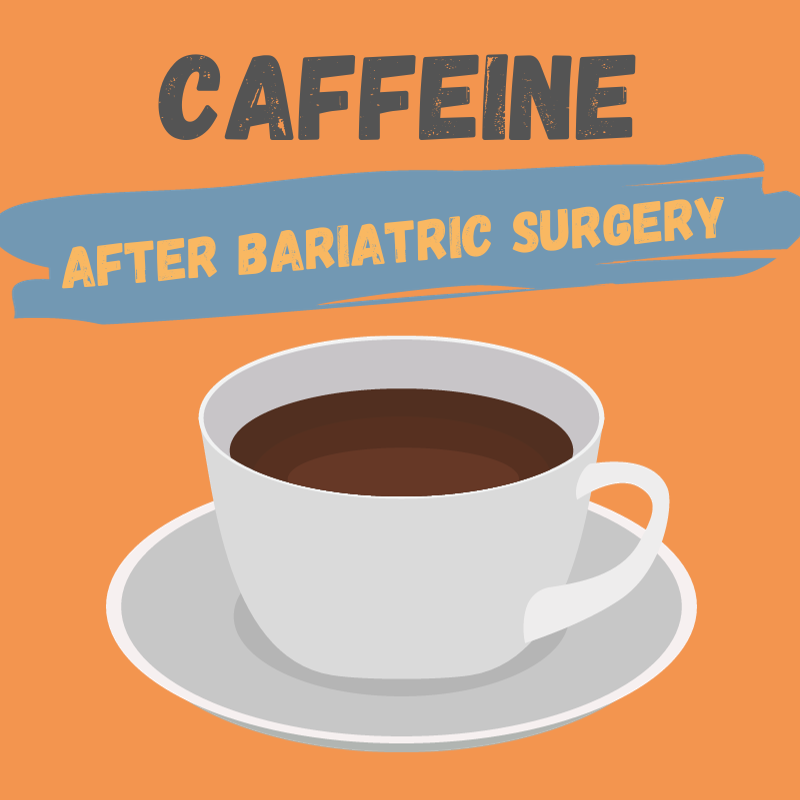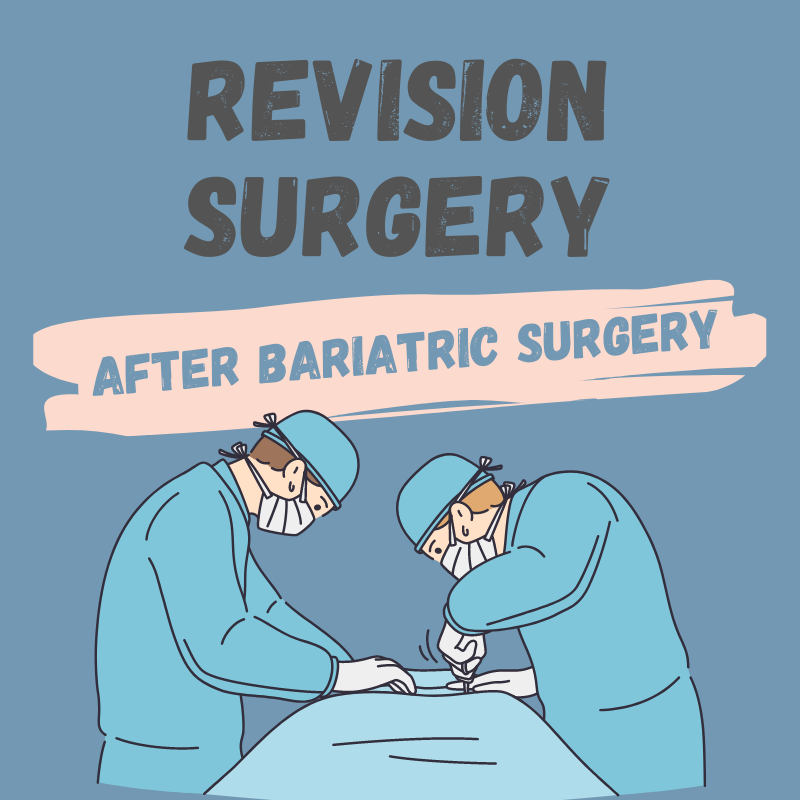Your cart is empty
What Is Dumping Syndrome?
If you’ve done your homework on weight loss surgery, you’ve likely come across the dreaded dumping syndrome.
This condition commonly occurs in patients who have had bariatric or esophageal surgery and is one of the least desirable side effects of the procedure. The good news is that dumping syndrome can be prevented.
Here’s what you need to know:
Dumping Syndrome: Defined
Dumping syndrome is also known as rapid gastric emptying. It occurs when food (particularly foods high in sugar) moves from your stomach to your small bowel too quickly.
Symptoms of dumping syndrome usually develop within 10-30 minutes after eating. However, some patients experience symptoms an hour or more after eating.
Surgery affects the body’s ability to regulate how food moves through your body. When food moves to your intestines too quickly, causing pain, discomfort, and diarrhea.
Signs & Symptoms
Dumping syndrome symptoms can take various forms. Patients may experience one or more of the following:
- Feeling full or bloated after eating a small amount
- Dizziness
- Rapid heart rate
- Nausea
- Vomiting
- Stomach cramps
- Diarrhea
- Sweating or flushing
These symptoms may begin right after eating, also known as the early symptoms. The symptoms usually occur when blood sugar levels rise and fall.
Other symptoms may occur one to three hours after finishing a meal, including the following:
- Dizziness
- Rapid heart rate
- Weakness
- Sweating or flushing
- Fatigue
- Feelings of hunger, despite having just eaten
Some people have both early and late symptoms, while others don’t. All bariatric surgery patients can experience dumping syndrome, even years after the surgery.
Foods that Cause Dumping Syndrome
Certain foods have been associated with causing dumping syndrome:
- Fruit high in sugar
- Candy
- Cakes
- Bread
- Cookies
- Alcohol
- Dairy products like milk and cheese
Regardless of dumping syndrome, weight loss surgery patients should avoid the above foods. They’re high in sugar, offer little nutritional value, and can add more calories to your diet than you need.
If you’re consciously trying to eat better to lose weight, focus on foods that aren’t high in sugar, fat, or empty calories - and avoid dumping syndrome in the process.
How to Avoid Dumping Syndrome Discomfort
Dumping syndrome can happen to any weight loss surgery patient. But you can lessen your chances—and discomfort—by focusing on foods that are low in sugar content.
If the symptoms become severe, talk to your doctor to see if they can recommend diet changes that will help.
For more weight loss surgery insights, head back to our blog.
Bariatric Guides & Information
More Info
Customer Favorites
- Choosing a selection results in a full page refresh.




























